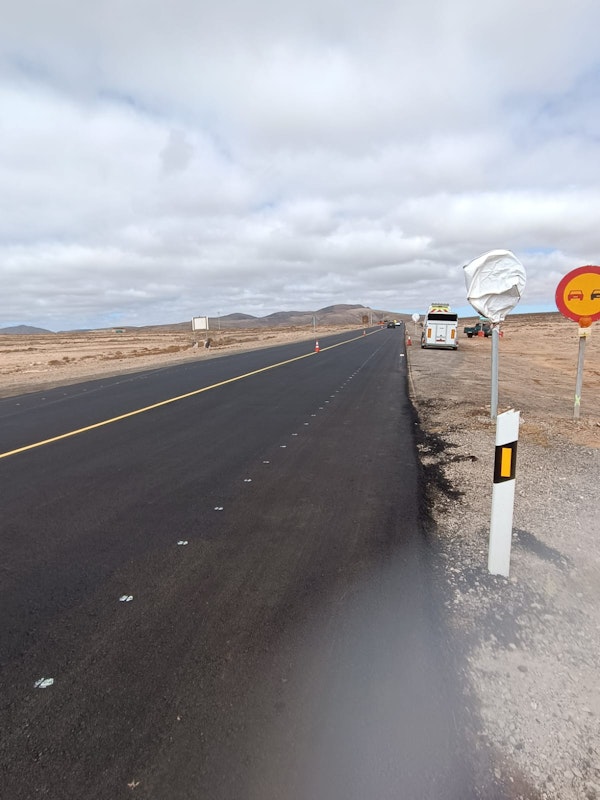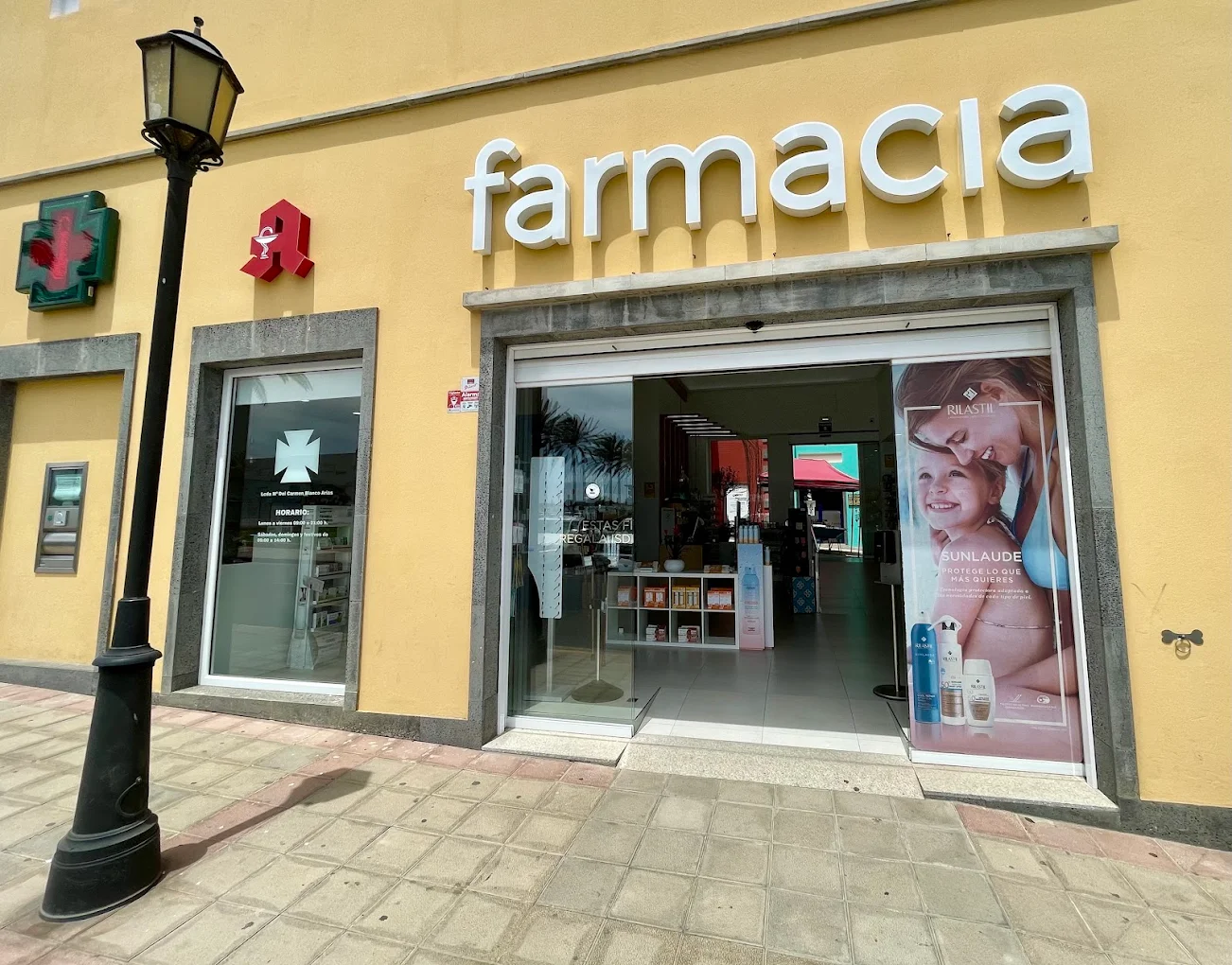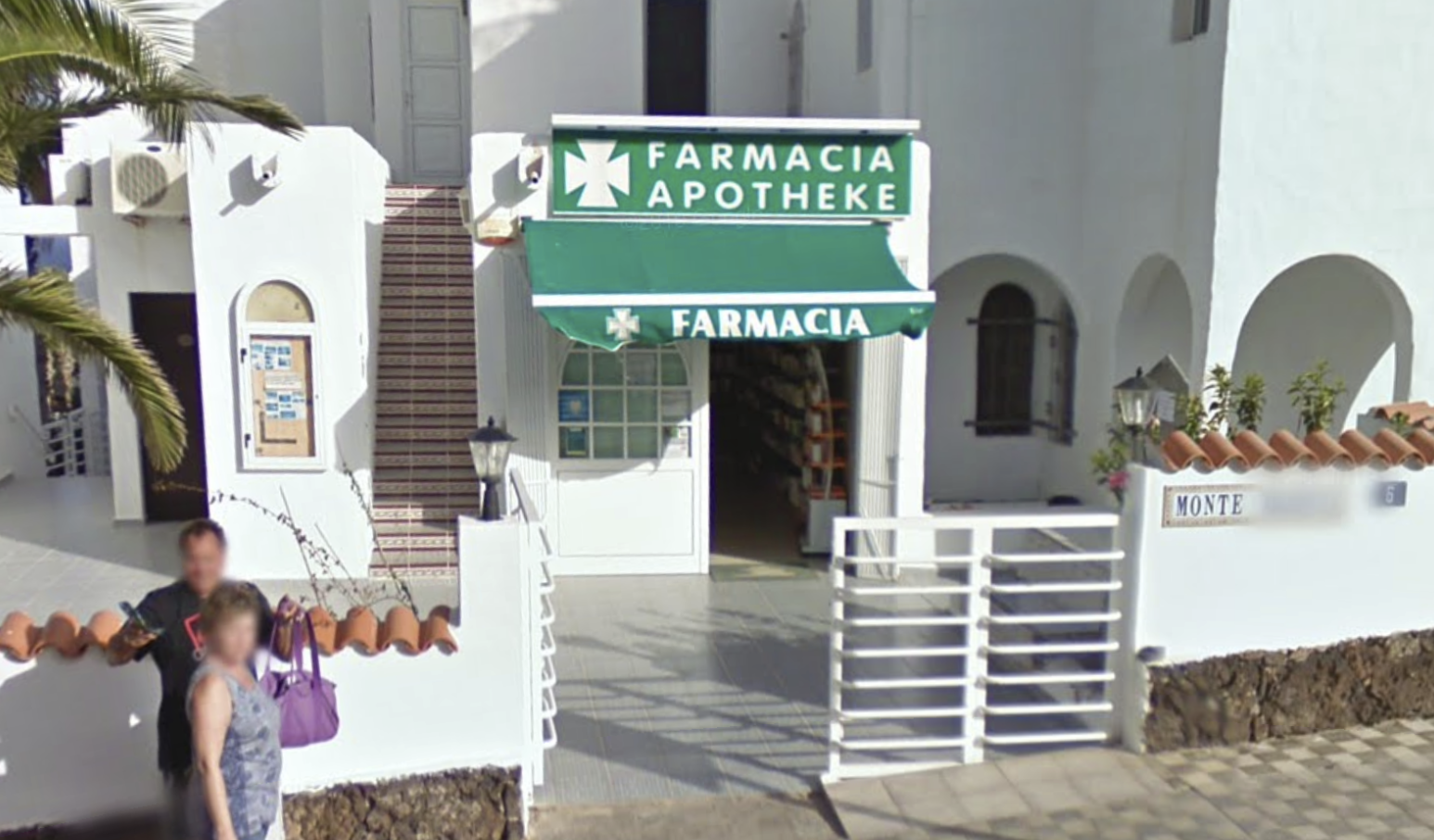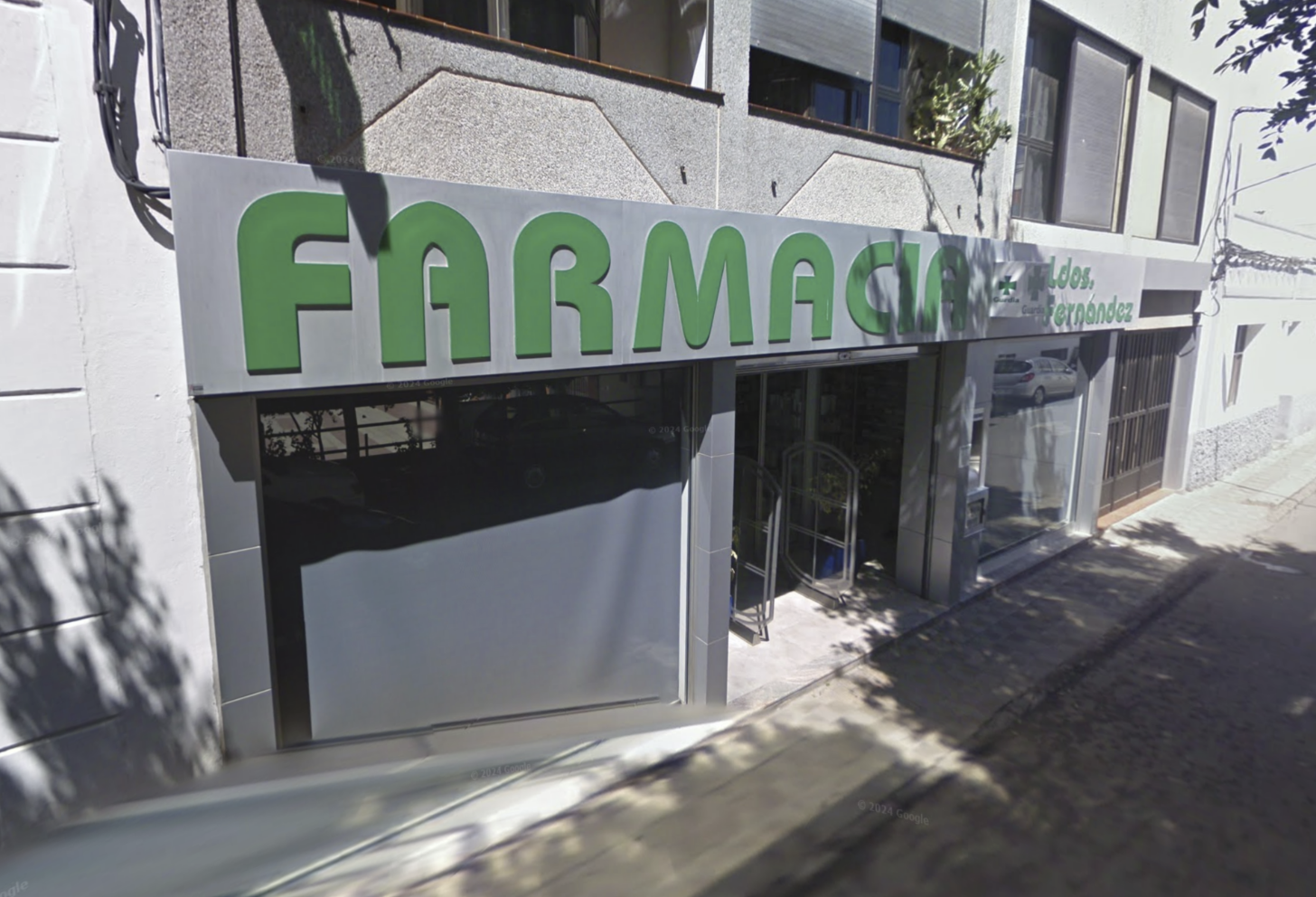The work will be carried out over six months between kilometer points 14.1 and 19.2 and has a budget of 1.9 million euro.
The insular president, Lola García, and the councilor Blas Acosta, highlight the value of an investment that will provide greater safety and comfort to a road of regional interest that supports heavy traffic.
The Cabildo de Fuerteventura, from the Road Service is working on the rehabilitation of the road surface of the FV-2 at the height of Las Salinas del Carmen, between kilometer points 14.1 and 19.2. This action will correct in a general way the superficial damages and, in a very localized way, the structural damages that have been detected in this section of the municipality of Antigua.
The president of the Cabildo, Lola García, emphasizes the importance of the work carried out by the Cabildo to keep the roads in perfect condition. In this case, with an investment of 1.9 million euros to improve the comfort and safety of a busy road.
The Minister of Roads, Blas Acosta, recalls that “this road of regional interest, which links Fuerteventura from south to north and connects the sea bridges with Gran Canaria and Lanzarote, in addition to serving the airport, supports a great pressure of vehicles, so we must provide it with greater safety and comfort for the transit of residents, carriers and tourists to be a positive experience”.
The project ‘Surface rehabilitation of the FV-2 road surface between pp.kk. 14+110 and 19+270’ eliminates road safety risks and facilitates the transit of the high number of users who use the road every day. It will be carried out over six months and has a budget of 1.9 million euros.
The planned actions maintain at all times the current layout and surface of the FV-2, are aimed at cleaning and clearing the margins of the section to be intervened, placing two-layer concrete curbs and filling in traffic islands, improving the surface of the road surface, spreading artificial gravel to maintain the continuity of the platform and replacing the existing signaling, beaconing and containment system.
At the technical level, the layout will be executed by spreading a 3-centimeter layer of surface regularization of the road surface of type AC16 surf B 50/70 D, which will serve to seal the existing one and regularize it. Likewise, a 5-centimeter thick AC16 surf B 50/70 D type wearing course will be laid on top of the previous one, except in localized sections where a structural rehabilitation will be carried out by milling 7 centimeters of the pavement, then spreading a 10-centimeter thick AC22 bin 50/70 D type MBC layer, on top of which a 5-centimeter thick AC16 surf B 50/70 D type wearing course will be laid.













